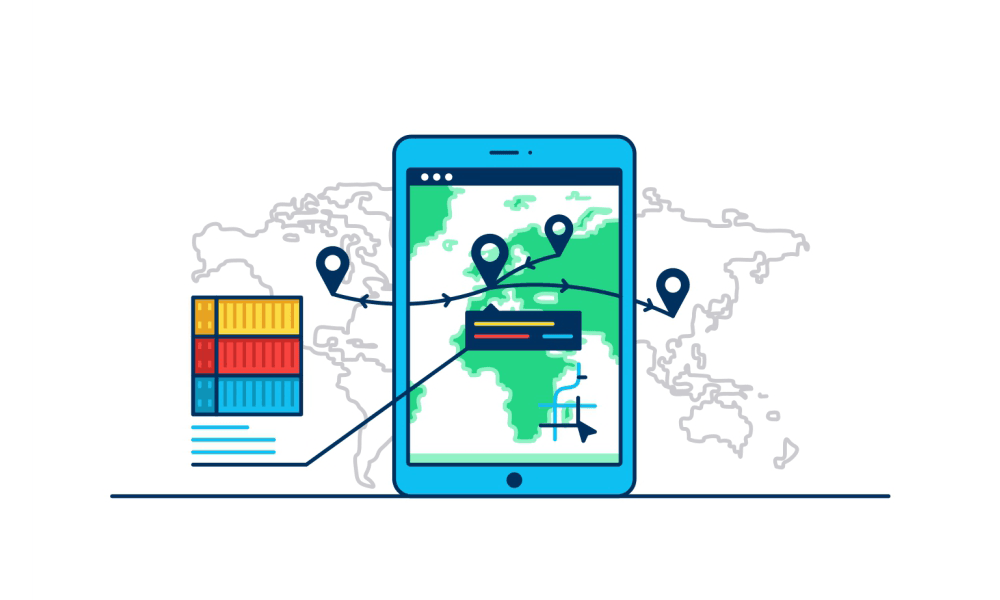E-Commerce Integration Software as a Route to Efficiency
What is your biggest frustration as a business? Often its deficiencies in processes, where manual data entry has to be carried out because two systems don’t quite join up. Not only does that cause errors and delays but also costs you money in terms of personnel to carry out data entry and administrative tasks. So let’s see why e-commerce integration software could be one of the solutions to a major deficiency in your business.
What E-Commerce Integration Software Does
When you created your website you probably did it on the premise that you would gain new customers that way, you’d suddenly have access to a much wider marketplace. What you didn’t bet on was that slowly your current customers would also expect to order through your website, and then that eventually when you plugged in retailer platforms your orders from online routes would suddenly increase drastically. That gap between your ecommerce system and your back office system now looks like a chasm rather than a small crack.
If you’re using ecommerce platforms such as Magento, Shopify, Amazon Marketplace, or WooCommerce you’ve probably found that while they are very slick at delivering orders through to you on email trying to integrate them with your ERP, order management systems, and your back end accounting software just doesn’t happen. So you’re effectively having to enter each order into your order management system, and then again into your accounting software. You may employee several people to actually carry out this process.
Thankfully there is now some very clever ecommerce integration software on the market which takes your orders and payments from your ecommerce platform, and connects them directly to systems such as NetSuite, Microsoft Dynamics, SAP, QuickBooks, Acumatica, or Xero. The payment for the order is entered automatically into your accounting system and the product order makes it way into your order management system to be fulfilled.
Major Advantages of E-Commerce Integration Software
One major advantage of this is that of course you eliminate data entry, which eliminates major costs to your business. It also provides a link between your inventory levels and your ecommerce platform. So you can display live availability quantities for your customers as well as a realistic delivery date, even allowing customers to choose their delivery date and track their orders through the process.
Adding Drop Ship Suppliers
A further development once you have your ecommerce system integrated with your order management and inventory control is that you can then realistically think about greatly increasing your product offerings to customers. You can create new SKUs based on current products but with different specifications for a start. But then, and here comes a massive leap forward in your growth objective, you can start to add drop ship suppliers to your system, listing their products on your ecommerce platform but never having to actual take inventory of their stock or buy pallet loads of it. Your customer orders the product from you, and your supplier fulfills the order directly.






































No comments